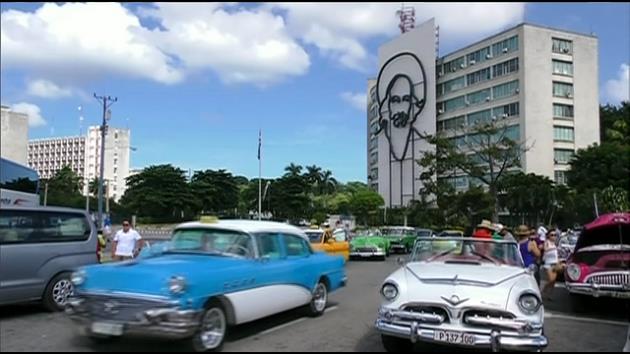Key information about Cuba:
___
LAND — Largest island in Caribbean, covers 44,344 square miles (110,922 square kilometers), about size of Pennsylvania or Bulgaria. Rugged Sierra Maestra mountains at eastern end, but mostly flat or slightly rolling countryside.
___
PEOPLE — Population more than 11 million. About half mixed-race, 35 percent white, 15 percent black, with scattering of people descended from Chinese and other non-European immigrants. Parts of population have traces of original Indian peoples, but indigenous cultures died out long ago. Life expectancy of nearly 78 years and infant mortality of about 4.5 deaths per 1,000 live births, lowest in Latin America.
___
GOVERNMENT — Head of government and state is president of the Council of State and president of Council of Ministers, positions Fidel Castro held until he resigned in February 2008. Castro’s younger brother Raul elected by National Assembly to replace him on Feb. 24, 2008.
___
ECONOMY — Still recovering from economic crisis that began in 1990 after losing Soviet aid and trade. Cuba posted steady growth since late 1990s that slowed dangerously by 2014. Cuba blames economic problems on U.S. trade embargo; detractors blame inefficient centralized planning. After modest economic reforms in mid-1990s, the government reasserted more centralized control begining in 2004. In 2010, Raul Castro began reopening economy to limited free-market reforms and planned to lay off many state workers. Important sources of income include health services exported to Venezuela, tourism, sugar, nickel, tobacco, citrus, coffee, pharmaceuticals. Detente with U.S. announced in late December, 2014, raised hopes of faster growth.
Copyright 2024 The Associated Press. All rights reserved. This material may not be published, broadcast, rewritten or redistributed.

